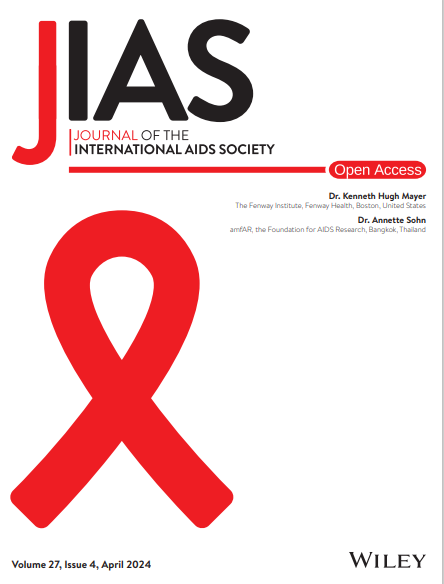Research designs to generate evidence of HIV post-exposure prophylaxis effectiveness for new long-acting agents
Abstract
Introduction
New longer-acting antiretroviral (ARV) drugs—that is single doses with antiviral activity for at least a month—are being utilized for HIV treatment and pre-exposure prophylaxis (PrEP) but have not been explored for post-exposure prophylaxis (PEP). A “one-and-done” simplification of PEP has the potential to serve the HIV prevention needs of individuals not being met with traditional services and expand overall biomedical HIV prevention coverage. We discuss challenges with the assessment of PEP effectiveness in human trials and potential study designs that could generate evidence needed to inform the use of new, single-administered, long-acting ARVs for PEP.
Discussion
Challenges with determining the effectiveness of new long-acting PEP agents in human trials include the low likelihood of observing an HIV acquisition and the short period for outcome assessment (likely 1 month) following PEP administration. Additional challenges include recruiting individuals in the brief window in which they could benefit (<72 hours of a potential HIV exposure) and ethics of conducting informed consent during a period of high stress/vulnerability. Consequently, design approaches where the efficacy goal is to establish that the HIV incidence rate following PEP administration (of the standard or a novel agent) approaches zero should be considered. HIV RNA testing conducted within 5 days of a potential exposure could define prevention per exposure. Novel recruitment venues—such as community-based retail or online pharmacies—could be used to reach individuals after a potential exposure. Potential study designs include one- or two-arm individual-level product assignment aimed at demonstration of short-course efficacy or longer-term effectiveness compared to a background rate; cluster-randomized controlled trials of recruitment venues; and novel individual-level approaches that either do not or do utilize randomization in combination with choice, enabling assessment of preferences and effectiveness.
Conclusions
Over the past decade, multiple new HIV PrEP products—but no new PEP products—have been developed to meet the diverse needs of individuals seeking HIV prevention services. Challenges exist with generating PEP effectiveness evidence, but they are not insurmountable. Effectiveness research on new PEP products could advance the number of HIV prevention options available.

 求助内容:
求助内容: 应助结果提醒方式:
应助结果提醒方式:


